Evaluation of faba bean breeding lines for spectral indices, yield traits and yield stability under diverse environments

Authors:
Drought is a major limiting factor in faba bean (Vicia faba L.) production in the Mediterranean region, which is known for its irregular water distribution and moderate moisture levels (similar to 500 mm rainfall). In this study, faba bean genotypes were evaluated for spectral indices, yield traits, rhizobium nodulation and yield stability under diverse environments, and their relationships. Eleven faba bean genotypes were evaluated under two water regimes, rainfed and supplemental irrigation (SI), in 2008-09; and under three water regimes (rainfed, 50% and 100% soil water capacity irrigation) for three consecutive growing seasons (2009-10, 2010-11, 2011-12), at Tel Hadya in Syria. They were also evaluated at Terbol in Lebanon for one season (2011-12) in a split-plot experiment with three irrigation treatments and at Kfardan in Lebanon for two seasons, 2008-09 (rainfed) and 2010-11 (rainfed and SI). The genotypes included three cultivars and eight drought-tolerant breeding lines selected at <300 mm annual rainfall. Phenological and morphological traits were recorded, as well as nodule weight per plant, grain yield, biological yield and spectral reflectance indices. Data were statistically analysed for each year. There were significant genotypic differences for seed yield under SI and rainfed conditions in 2008-09, and full irrigation in 2009-10 and 2011-12. Days to flowering and maturity were significantly different among genotypes for rainfed and irrigated conditions. There were significant differences between water regimes and genotypes, but their interactions were not significant. FLIP06-010FB was the highest yielding and most stable among the tested genotypes across different environments. Days to flowering and days to maturity were positively correlated with grain yield. The spectral indices structure-insensitive pigment index and normalised pheophytinisation index were found to correlate positively with grain yield and could therefore be used for selection under drought-prone environments.
